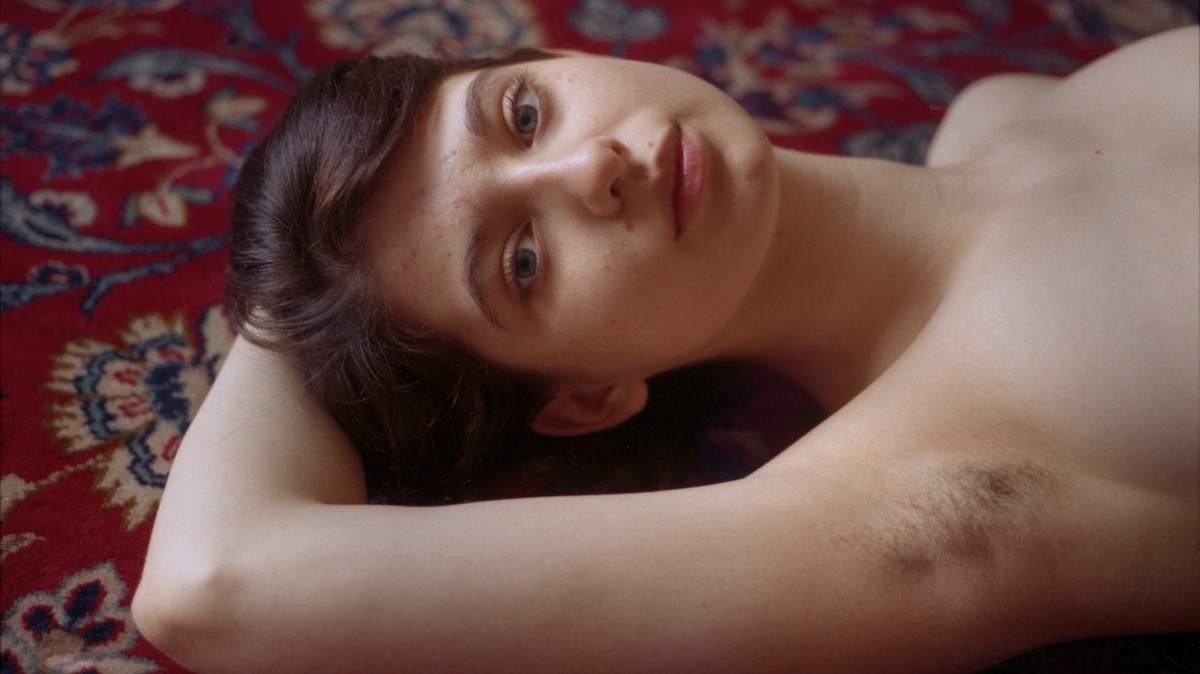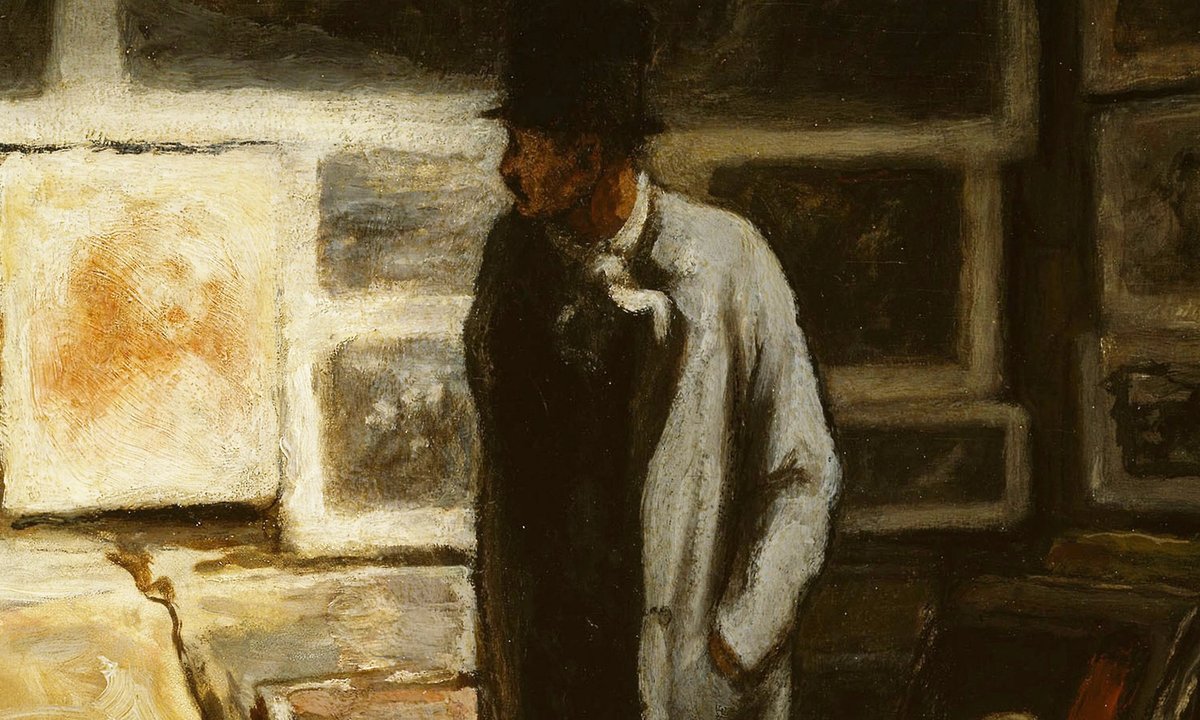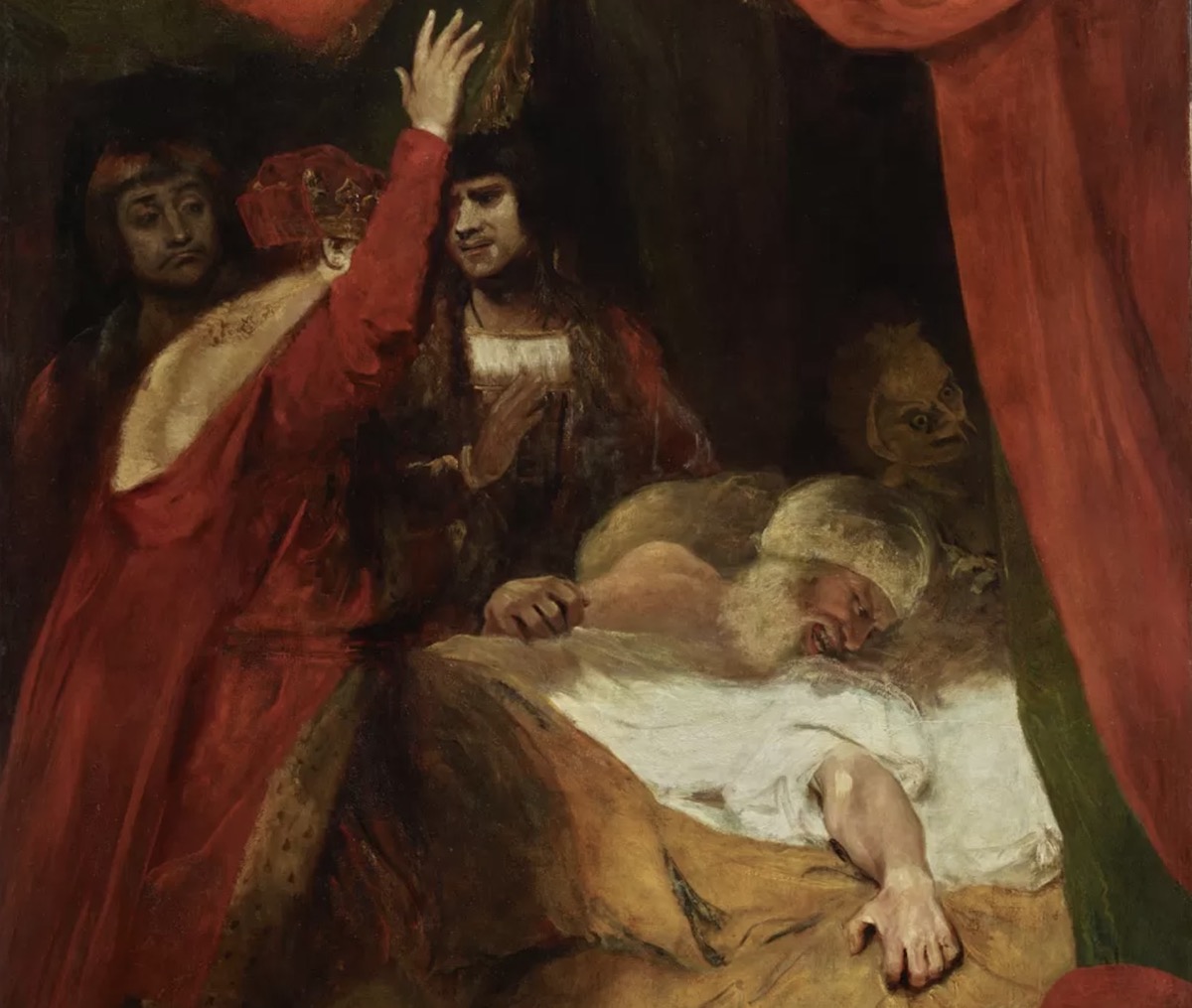Zonnebloem Renamed
2013 - Film & Video (Film & Video)
1 min 30
Haroon Gunn-Salie
Executed on Sunday 17 August 2013, “Zonnebloem renamed” is a site-specific performative video film marking the centenary of the 1913 Natives Land Act in South Africa. The short film forms part of the artist’s ongoing collaboration with District Six residents titled WITNESS. Commencing in 2011, WITNESS negotiates the forced removals and land compensation in District Six and across South Africa. District Six was a closely-knit, vibrant and multi-cultural community until the forced removal by the apartheid decree during the 1970s from Cape Town’s city center, when the area was declared ‘whites only’ under the Group Areas Act in 1968. During this time, District Six was officially renamed by the apartheid government as Zonnebloem. The renaming further erased the history of the area and people from maps, memories and public spaces. Gunn-Salie’s short film presents a series of temporary artworks by changing the ‘Zonnebloem’ road signs in central Cape Town to read ‘District Six’. “Zonnebloem renamed” is an attempt by Gunn-Salie to change apartheid and colonial heritage that dominates people popular memory in Cape Town and South Africa through aesthetic and social intervention.
Haroon Gunn-Salie (b. Cape Town, South Africa, 1989) is currently based between Cape Town and Johannesburg. Having completed his studies in Cape Town’s Michaelis School of Fine Art in 2012, Gunn-Salie is an active participant in Cape Town’s local contemporary art community. Gunn-Salie‘s collaborative art practice is focused on translating the oral histories of his community into artistic interventions and installations. Employing a multidisciplinary practice and working with residents of District Six — an area in central Cape Town where widespread forced removals occurred — Gunn-Salie provokes collaborative dialogues and exchanges surrounding the still unresolved issues of forced removals under apartheid.
Colors:
Related works sharing similar palette

© » KADIST
Sawangwongse Yawnghwe
202122022021, Yawnghwe Office in Exile by Sawangwongse Yawnghwe belongs to a body of work made in response to the Myanmar military coup that began in February 2021...

© » KADIST
Chikako Yamashiro
2017The film installation Mud Man by Chikako Yamashiro is set on Okinawa and South Korea’s Jeju Islands, two locations at the center of local controversies surrounding the presence of the United States military...
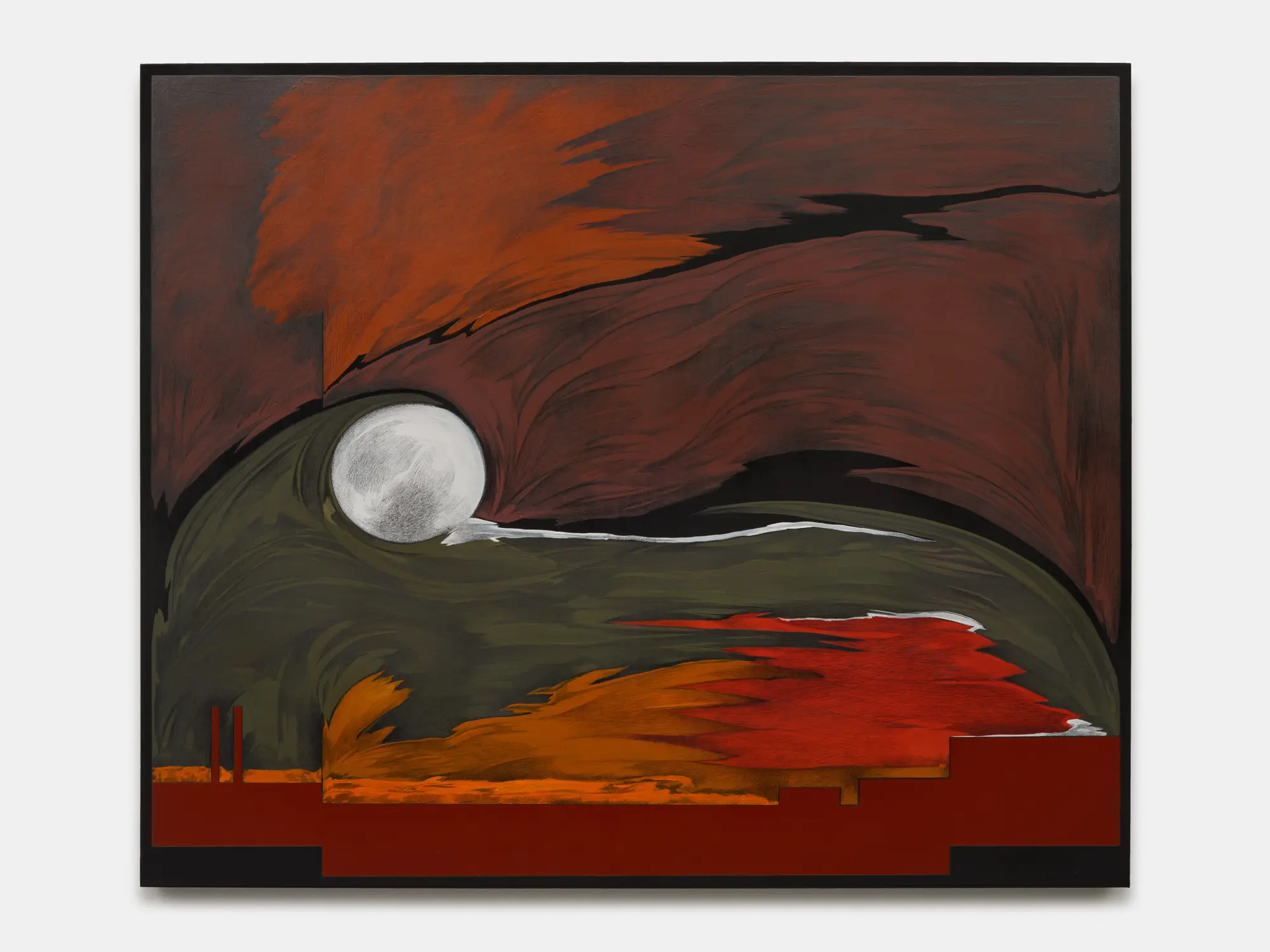
© » TWOCOATSOFPAINT
The sharp, solitary eye of Sonia Gechtoff – Two Coats of Paint Sonia Gechtoff, Untitled , 1986, acrylic and graphite on paper mounted to linen, 38 1/4 × 46 inches Contributed by Natasha Sweeten / The contemplative works of Ukrainian American artist Sonia Gechtoff (born in Philadelphia 1926, died in NYC 2018), now on view at Bortolami and Andrew Kreps Gallery, range from the 1960s to early 2000s, but for me they evoke the frontality of Russian iconography , the dynamism of Italian Futurism , and the fractal abstractions of Sonia Delaunay...

© » ARTS EQUATOR
Weekly Southeast Asia Radar: RPG goes SEA with crocodile; A decade of Filipino art | ArtsEquator Thinking and Talking about Arts and Culture in Southeast Asia ArtsEquator Radar JL JAVIER December 28, 2019 ArtsEquator’s Southeast Asia Radar features articles and posts about arts and culture in Southeast Asia, drawn from local and regional websites and publications – aggregated content from outside sources, so we are exposed to a multitude of voices in the region...

© » KADIST
Venzha Christ
2011The installation work Men from Hyperion and Women from Phoebe (2011), for examples, features six guitars mounted on steel crossbar stands and connected to one another with slack wires...

© » KADIST
Asociación de Mujeres Tejiendo sueños y Sabores de Paz de Mampuján, Pavel Aguilar, Carlos Amorales; Jonathas de Andrade, Edgardo Aragón, Fredi Casco, Miguel Covarrubias, Sam Durant, León Ferrari, Jocelyn Gardner, Beatriz González, Pierre Huyghe, Cristóbal Lehyt, Jesse Lerner, Teresa Margoles, Guillermo Kuitca, Jesse Lerner, Noé Martinez, Alfredo López Morales, Cildo Meireles, Eustaquio Neves, Nohemí Pérez, Naufus Ramírez Figueroa, Antonio Reynoso, Rometti Costales, Pablo Swezey, Carla Zaccagnini...

© » KADIST
Discover the full program Nouf Aljowaysir, Carlos Amorales, Eric Baudelaire, Sofia Crespo, Mathew Dryhurst, Mashinka Firunts Hakopian, Holly Herndon, Ho Rui An, Agnieszka Kurant, Juan Obando The Centre Pompidou and KADIST are launching a three-year collaboration to explore artificial intelligence and text-to-image technologies, and how they will impact the field of artistic creation and production...

© » ARTS EQUATOR
Weekly Picks: Indonesia (18 - 24 June 2018) | ArtsEquator Thinking and Talking about Arts and Culture in Southeast Asia Indonesia June 18, 2018 Top Picks of Indonesia art events in Jakarta, Ngawi and Bali from 18-24 June 2018 In the small town of Ngawi that is located on the border of Central and West Java, there will be a film screening and discussion of 5 Villages ...
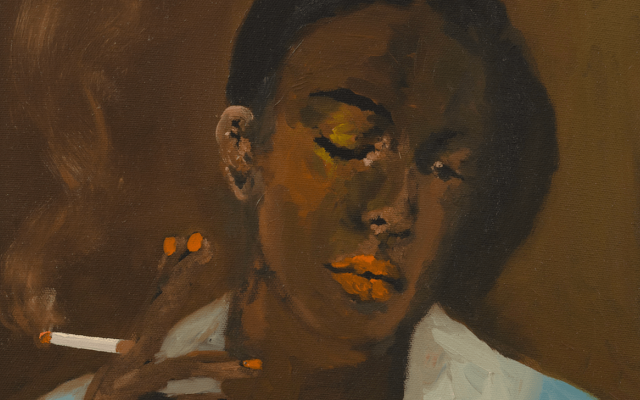
© » ART & OBJECT
5 Facts About Breakout Artist Danielle McKinney | Art & Object Skip to main content Subscribe to our free e-letter! Webform Your Email Address Role Art Collector/Enthusiast Artist Art World Professional Academic Country USA Afghanistan Albania Algeria American Samoa Andorra Angola Anguilla Antarctica Antigua & Barbuda Argentina Armenia Aruba Ascension Island Australia Austria Azerbaijan Bahamas Bahrain Bangladesh Barbados Belarus Belgium Belize Benin Bermuda Bhutan Bolivia Bosnia & Herzegovina Botswana Bouvet Island Brazil British Indian Ocean Territory British Virgin Islands Brunei Bulgaria Burkina Faso Burundi Cambodia Cameroon Canada Canary Islands Cape Verde Caribbean Netherlands Cayman Islands Central African Republic Ceuta & Melilla Chad Chile China Christmas Island Clipperton Island Cocos (Keeling) Islands Colombia Comoros Congo - Brazzaville Congo - Kinshasa Cook Islands Costa Rica Croatia Cuba Curaçao Cyprus Czechia Côte d’Ivoire Denmark Diego Garcia Djibouti Dominica Dominican Republic Ecuador Egypt El Salvador Equatorial Guinea Eritrea Estonia Eswatini Ethiopia Falkland Islands Faroe Islands Fiji Finland France French Guiana French Polynesia French Southern Territories Gabon Gambia Georgia Germany Ghana Gibraltar Greece Greenland Grenada Guadeloupe Guam Guatemala Guernsey Guinea Guinea-Bissau Guyana Haiti Heard & McDonald Islands Honduras Hong Kong SAR China Hungary Iceland India Indonesia Iran Iraq Ireland Isle of Man Israel Italy Jamaica Japan Jersey Jordan Kazakhstan Kenya Kiribati Kosovo Kuwait Kyrgyzstan Laos Latvia Lebanon Lesotho Liberia Libya Liechtenstein Lithuania Luxembourg Macao SAR China Madagascar Malawi Malaysia Maldives Mali Malta Marshall Islands Martinique Mauritania Mauritius Mayotte Mexico Micronesia Moldova Monaco Mongolia Montenegro Montserrat Morocco Mozambique Myanmar (Burma) Namibia Nauru Nepal Netherlands Netherlands Antilles New Caledonia New Zealand Nicaragua Niger Nigeria Niue Norfolk Island Northern Mariana Islands North Korea North Macedonia Norway Oman Outlying Oceania Pakistan Palau Palestinian Territories Panama Papua New Guinea Paraguay Peru Philippines Pitcairn Islands Poland Portugal Puerto Rico Qatar Romania Russia Rwanda Réunion Samoa San Marino Saudi Arabia Senegal Serbia Seychelles Sierra Leone Singapore Sint Maarten Slovakia Slovenia Solomon Islands Somalia South Africa South Georgia & South Sandwich Islands South Korea South Sudan Spain Sri Lanka St...





